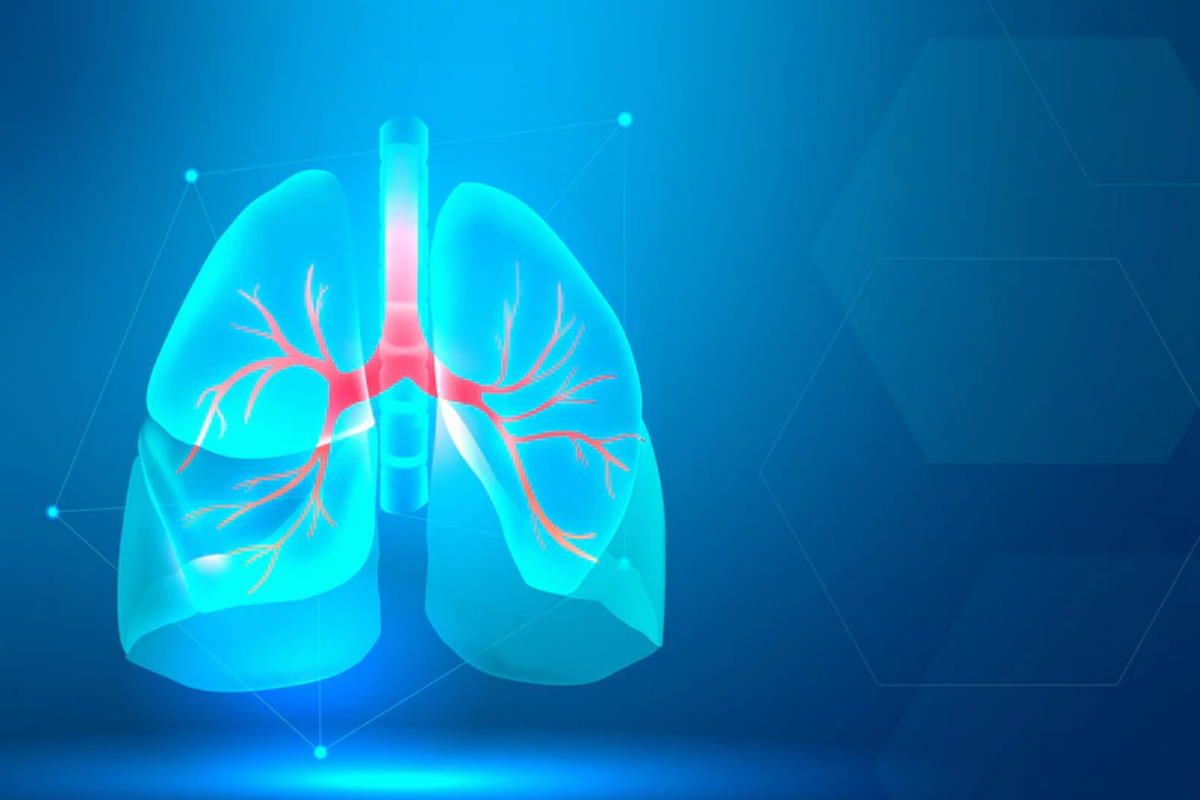Incident India is the second largest consumer and third largest producer of tobacco in the world. 28.6% of the Indian population uses tobacco products (42.4% males and 14.2% females), accounting for an estimated 267 million tobacco users in the country. Tobacco-related cancers account for 27% of all cancers in both sexes combined. In India, lung cancer accounts for 5.9% of all cancers and 8.1% of cancer-related deaths. About 80% of patients with lung cancer smoke. India has 2.26 million active cases of lung cancer in the last 5 years.Also Read – Side Effects of Desi Ghee: Stop consuming ghee immediately if you have this health condition
Etiology/causes/risk factors for lung cancer include:
- smoking. The risk of lung cancer increases with the number of cigarettes smoked per day and the number of years you have smoked. Quitting at any age can significantly reduce the risk of developing lung cancer.
- Exposure to secondhand smoke. There is also a significant risk factor
- Previous radiation therapy. The risk of developing lung cancer is increased if you have had radiation therapy to the chest for another type of cancer (treatment with radiotherapy in the past).
- Exposure to radon gas. Radon is produced by the natural breakdown of uranium in soil, rocks and water that eventually becomes part of the air you breathe. Unsafe levels of radon can accumulate in any building, including homes.
- Exposure to asbestos and other carcinogens. Exposure to asbestos and other substances in the workplace can cause cancer – such as arsenic, chromium and nickel.
- Family history of lung cancer. People with a parent, sibling, or child with lung cancer have an increased risk of the disease.
Signs and symptoms of lung cancer may include:
- A new cough that does not go away even with antibiotics and other symptomatic treatment.
- Coughing up blood in sputum, even in small amounts. This occurs in 20 to 60 percent of patients with lung cancer.
- Difficulty breathing due to accumulation of fluid in the lungs
- Chest pain due to involvement of the ribs or lining of the lung cavity
- Hoarseness of voice due to nerve involvement.
- Weight loss without trying (a sign of advanced disease that has spread to distant organs)
- Bone pain due to cancer spreading to the bones
- Headache due to brain metastases
Types of lung cancer:
When studied under a microscope, there are 2 main types of lung cancer: Also Read – Health Benefits of Pistachios: Top 5 Reasons Why You Should Add This Nutritious Dry Fruit to Your Diet – Watch Video
- Small cell lung cancer (related to smoking) and
- Non-small cell lung cancer
A diagnostic chest X-ray should be advised for all suspected patients, but in India, the prevalence of benign and inflammatory diseases such as tuberculosis and sarcoidosis is still high and they may present with similar symptoms and nodules in the lungs on the chest. X-ray. Also Read – 5 triggers that damage your hair growth and how to control them
Low-dose computed tomography (LDCT) of the chest is an established strategy for lung cancer screening.
Flexible bronchoscopy and transthoracic sampling are the most commonly used techniques for diagnosing centrally located lung cancer while the peripheral one-third of lesions are accessed transthoracically.
Endobronchial ultrasound (EBUS) guided biopsy
Transthoracic biopsy is usually performed under CT image guidance. However, currently, less than 1% of hospitals in India have a dedicated setup for interventional radiology.
- treatment: Once the diagnosis is established, it is mandatory to stage the disease to determine the course of treatment with PETCT, whether to proceed directly to surgery or to give radiotherapy followed by neoadjuvant chemotherapy after surgery. Surgery is a major undertaking and can be performed through an open or traditional approach or a minimally invasive approach.
- prevention: The National Tobacco Control Program was launched by the Government of India from 2007 to 2008 with the objective of creating awareness about the harmful effects of tobacco, regulating tobacco production and consumption, and enacting and enforcing the Cigarettes and Other Tobacco Products Act. This includes printing pictorial warnings on tobacco products and releasing promotional videos for them.
But what can you do to prevent lung cancer?
There is no surefire way to prevent lung cancer, but you can reduce your risk if you:
- Don’t smoke. Don’t be tempted. Don’t give in to peer pressure. Follow healthy ways of dealing with stress like meditation and yoga. Have frank discussions with your children about not smoking, and reassure them about the dangers of smoking so they know how to respond to peer pressure.
- Stop smoking. Stop smoking completely and permanently. Quitting lowers your risk of lung cancer, even if you’ve smoked for years. There are many smoking cessation aids available that can help you quit. Options include nicotine replacement products, medications, and support groups.
- Avoid secondhand smoke. Counsel people you live with or work with to stop smoking. At the very least, ask them to smoke outside. Avoid areas where people smoke, such as bars and restaurants.
- Avoid carcinogens at work. Take precautions to protect yourself from exposure to toxic chemicals at work. Wear a face mask, gloves and all protective equipment provided by your employer. The risk of lung damage from workplace carcinogens increases if you smoke.
- Eat a diet rich in fruits and vegetables. Choose a healthy diet with a variety of fruits and vegetables. Food sources of vitamins and nutrients are the best. Vitamins in supplement form have actually been shown to increase the risk of cancer
- Exercise most days of the week. If you don’t exercise regularly, start slowly. Try to exercise most days of the week.
(Inputs by Dr. Mehul BhansaliDirector, Surgical Oncology, Jaslok Hospital)
